
Adding to the copper posts I've done in here lately, let's take a look at a two sen coin from 1884.

Just for context: at the time. 100 sen equaled 1 yen, and 1 yen was roughly equal to 1 US dollar, making this coin around 2 US cents at the time.
I have several of these guys, but all of them are from the same year. Maybe this is a common year. In any case, as you can see, the obverse has that great dragon image that was on many of the Japanese coins at the time.
For the curious, the text reads:
- 大日本 (dai nippon) "Great Japan"
- 明治十七年 (meiji jūnana nen) "Meiji year 17", which was 1884
The reverse...
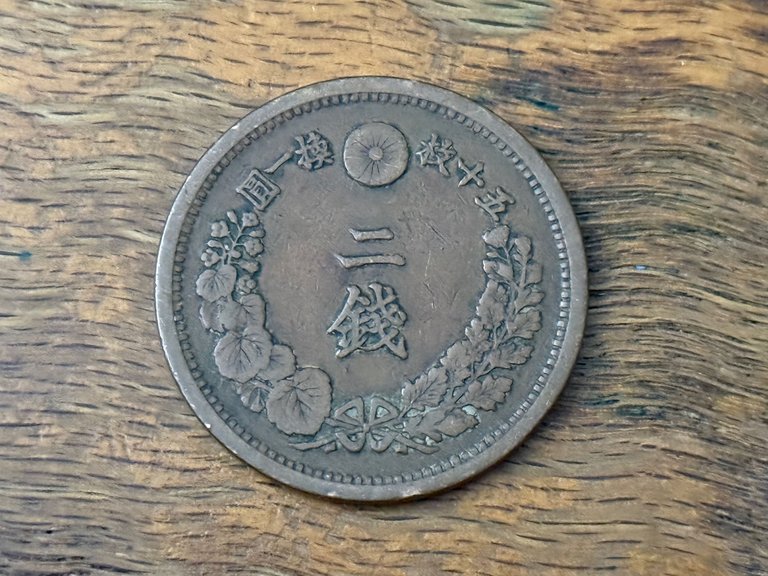
...features that classical wreath with the value in the middle.
The text:
- 五十枚換一圓 (gojū mai kan ichi en), "50 of these coins can be exchanged for one yen".
- 二銭 (ni sen), "2 sen"
The coin itself was a diameter of 31.8 mm, a thickness of 2.2 mm, and weighs 14.3 g. For comparison, that is just slightly larger that a US half dollar, just a hair thicker, and—at least for the walking liberty half in the photo—a little heaver.

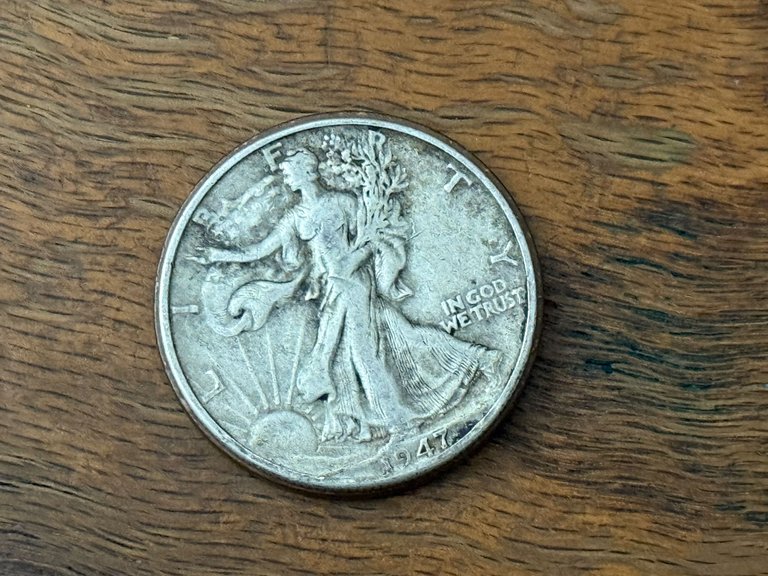

According to this site it is an alloy of bronze consisting of 98% copper, 1% tin, and 1% zinc. So mostly copper.
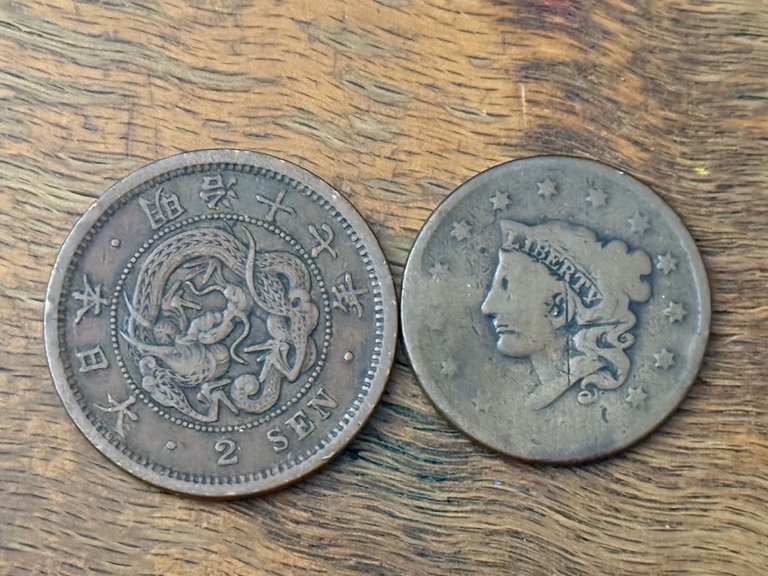


Here it is also compared to the US large cent. You can see it's a little bigger than that one. A little thicker too.
It's a nice coin and fits in well with my dragon sen coins collection.
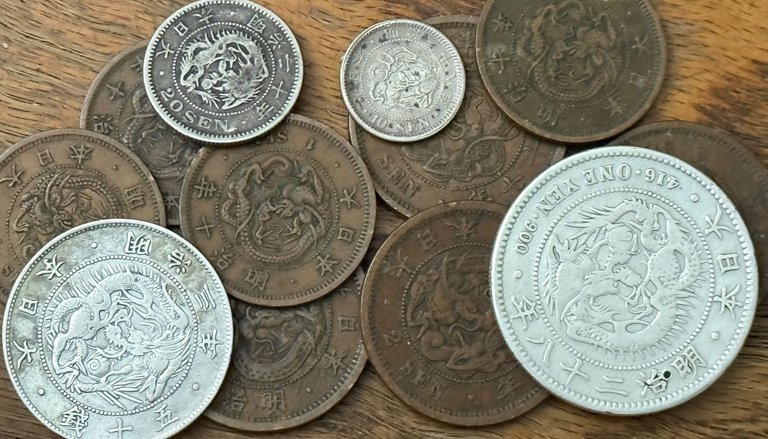
Let me know any thoughts or questions!
❦
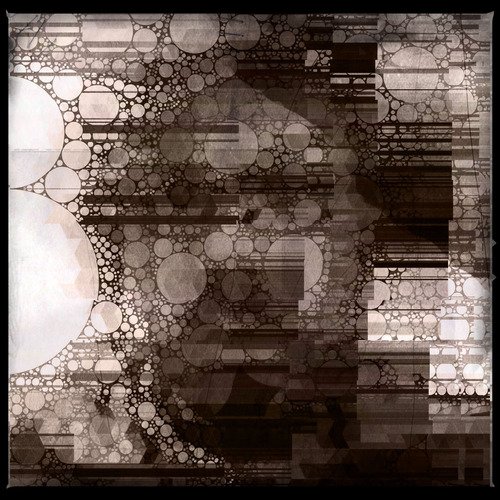 |
David is an American teacher and translator lost in Japan, trying to capture the beauty of this country one photo at a time and searching for the perfect haiku. He blogs here and at laspina.org. Write him on Mastodon. |
